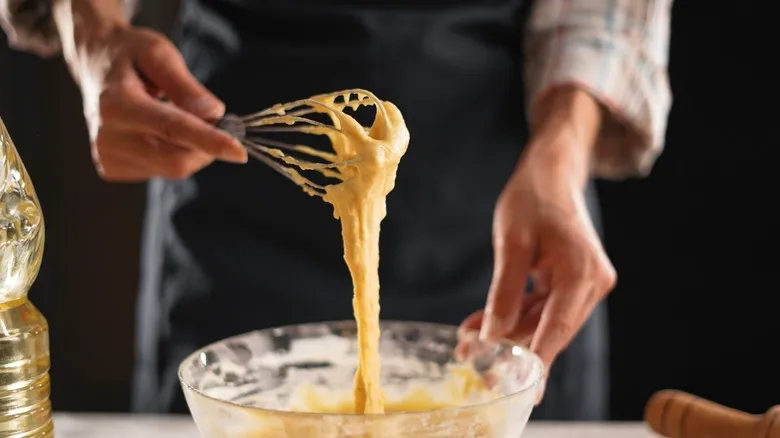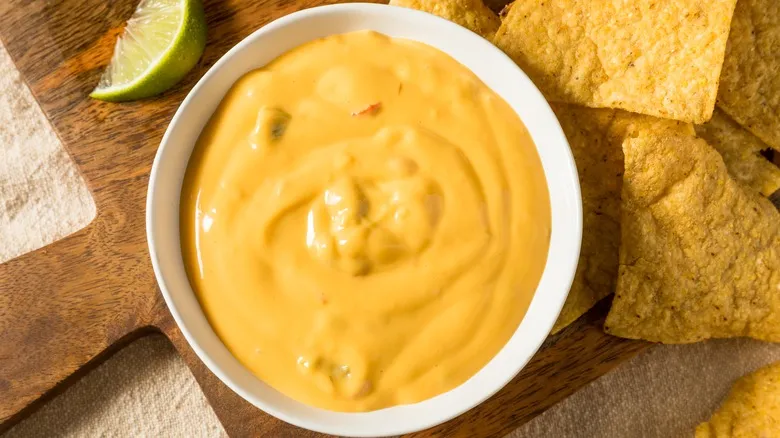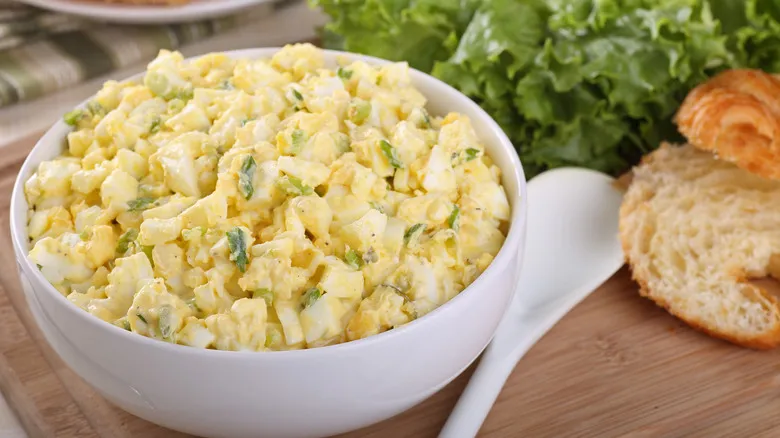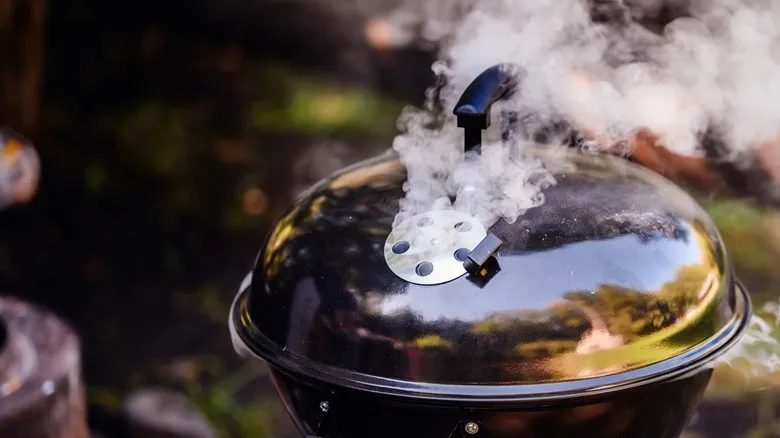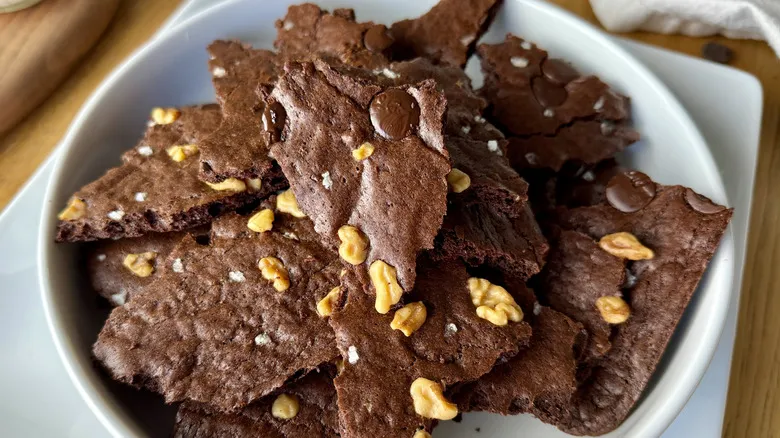How to avoid overmixing
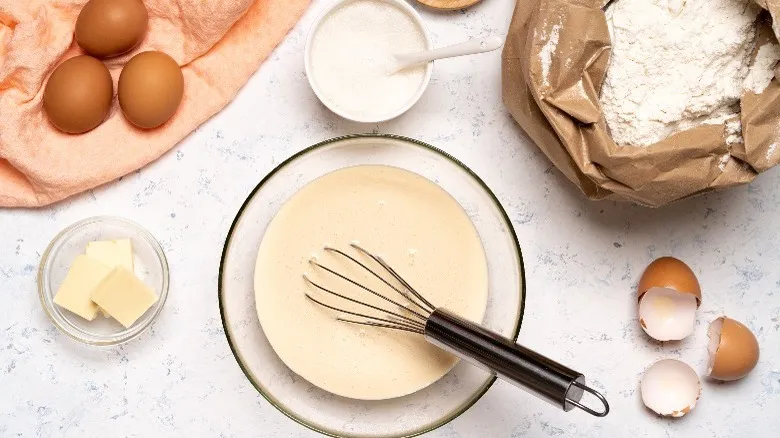
It's one thing to be told not to overmix your baked goods, but knowing the precise moment to stop your stand mixer is a different challenge. Many recipes don’t indicate the exact mixing time, but a helpful guideline is to cease mixing when you can no longer see distinct streaks of flour in the bowl. Once the batter appears uniform, there’s no need to continue. This will save you time and result in a wonderfully soft final product.
Certain baked goods are more susceptible to overmixing than others, with pancakes being a prime example. They depend on a careful balance of wet and dry ingredients and require minimal mixing to maintain their airy texture. In these cases, less is indeed more when it comes to stirring. You might feel tempted to eliminate every tiny lump in the batter, but it’s important to keep the overall picture in mind. A few lumps are perfectly fine as long as the dry ingredients are well incorporated into the batter. You can stop mixing and look forward to soft, fluffy pancakes.
Cookies and cakes can handle a bit more mixing than pancakes, but excessive stirring can still ruin these cherished treats. For optimal results, ensure that all your wet ingredients for cookies or cake are well combined before adding the flour. Gluten formation only begins when flour is mixed with a wet ingredient, so any mixing done prior to that won’t negatively affect your final product.
Recommended
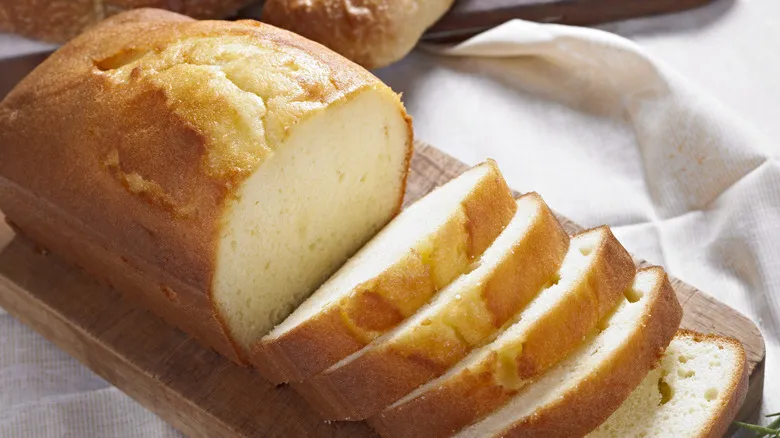
How The Classic Pound Cake Got Its Name
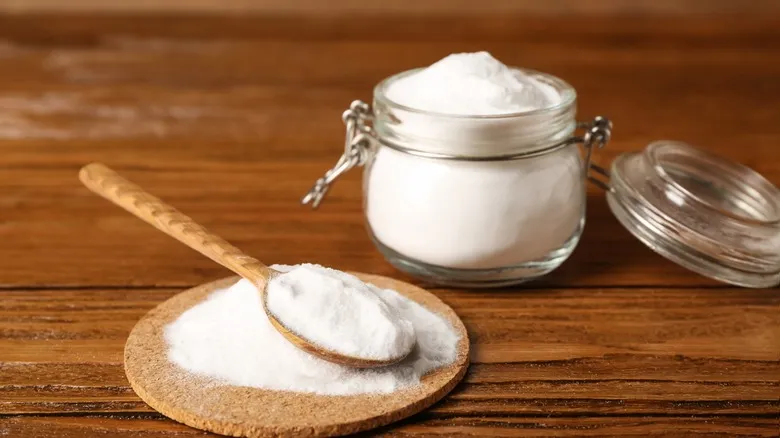
What To Do If You Add Too Much Baking Soda To A Dish
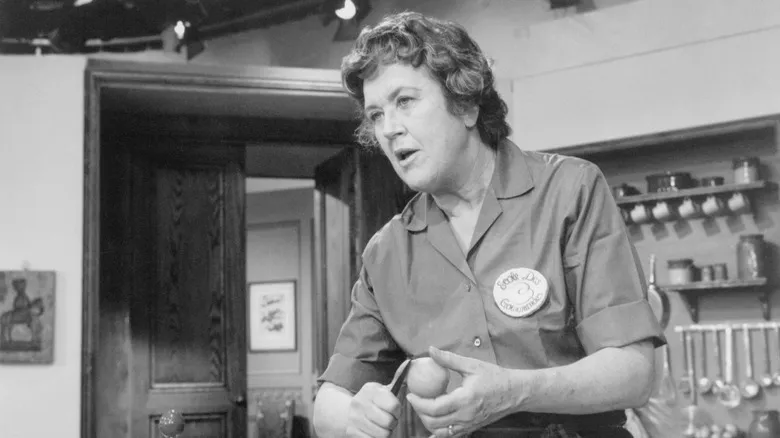
The French Dessert That Made Julia Child Cry On Television
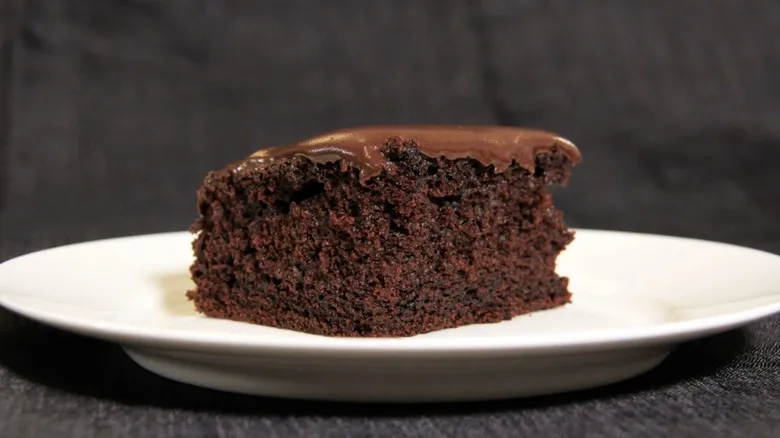
This Depression-Era Cake Is The Secret To Delicious, Allergy-Friendly Baking
Next up

